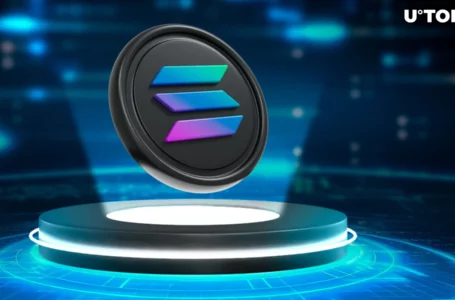
Blockchain analyst firm Chainalysis published a new report focused on the illicit activities occurring on blockchains, noting that DeFi protocols are the most popular target hackers tend to go after and that money laundering in the space has risen in the past two years.
DeFi as the main target of hackers
Since the DeFi Boom happened in the summer of 2020, illicit DeFi transactions have increased steadily. Money laundering and DeFi hacking were the top two criminal activities on these protocols, according to the Chainalysis report.
In total, $1.7 billion worth of digital assets were stolen by perpetrators in 2022, with 97% coming from DeFi protocols. The stash mainly came from two alarming thefts: the $600M Ronin bridge breach at the end of March and the $320 million Wormhole attack in February. The report outlined that, as of 2022, most stolen funds – over $840M – have gone to hackers with ties to North Korea.
Aside from hacking, money laundering done through DeFi has also steadily increased over the past few years, with DeFi protocols absorbing 69% of crypto funds associated with criminal activity.
The report attributed the nature of most such protocols – allowing users to trade one token for another – to the difficulty of tracking the movement of digital assets. Also, the lack of KYC requirements for most DeFi projects has made them more enticing to criminals.
The report used the example of the notorious North Korea-linked Lazarus Group, which last year laundered $91 million worth of cryptocurrencies across multiple protocols. The group allegedly exchanged stolen tokens for ETH and BTC, transferred them to accounts on centralized exchanges, and then cashed out the assets.
NFT Wash Trading
Another notable outtake in the report centered on NFT Wash Trading – a form of market manipulation that artificially inflates an illiquid asset. Wallets controlled by the same entity can trade NFTs in between, giving market participants a wrong perception that the demand for the asset is higher than its actual level.
The report identified one example that generated over 650,000 wETH in trading volume per manipulation. He said the incidents happened on the same platform because the market was paying out incentive rewards for trading NFTs in the form of the platform’s native token.
Users could earn additional tokens by simply transacting more often in between accounts. Meanwhile, NFT collectors may be deceived to believe that the marketplace has more transaction activity than it does.


















